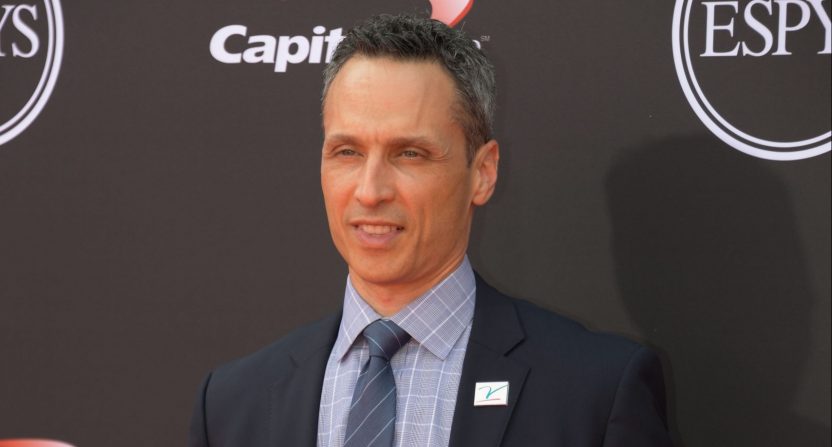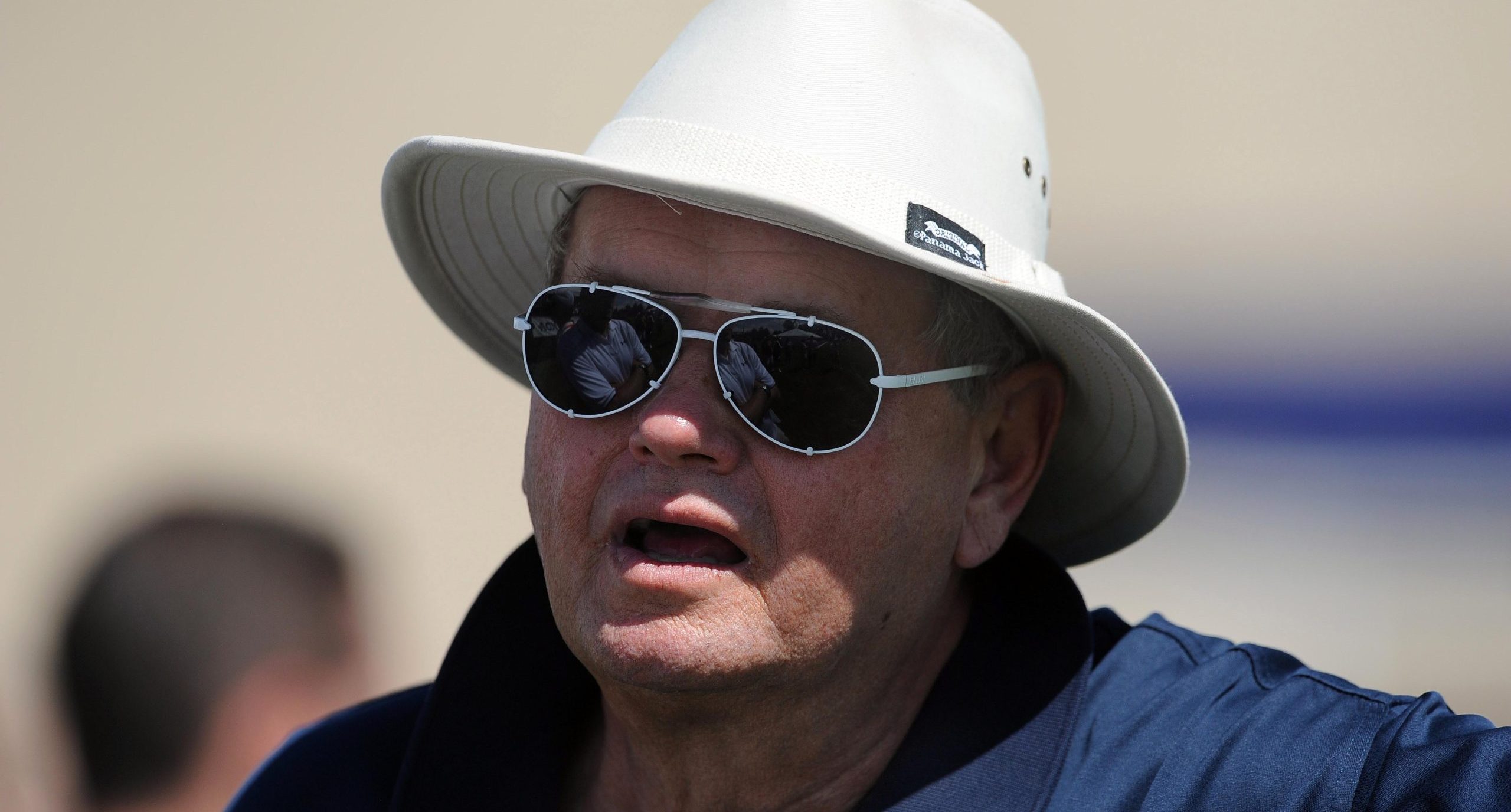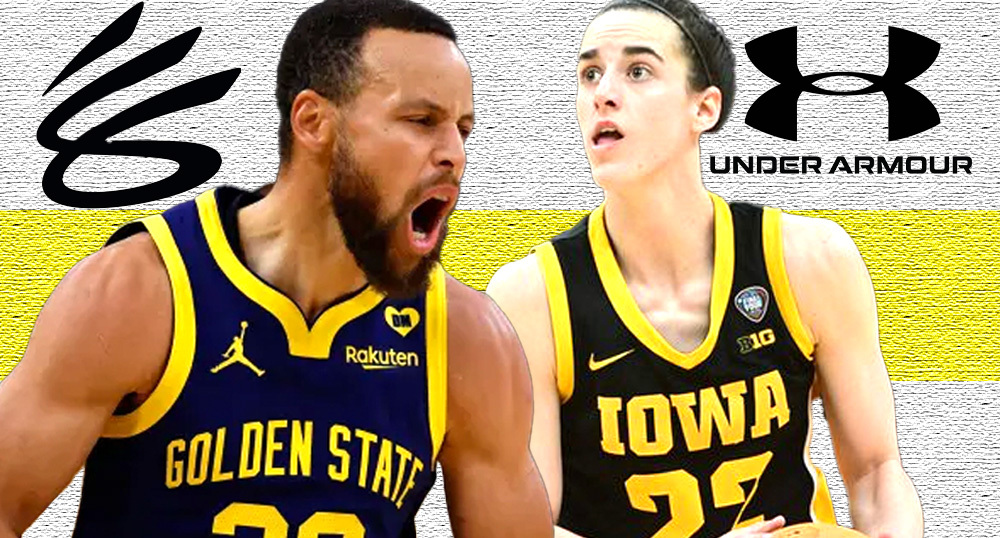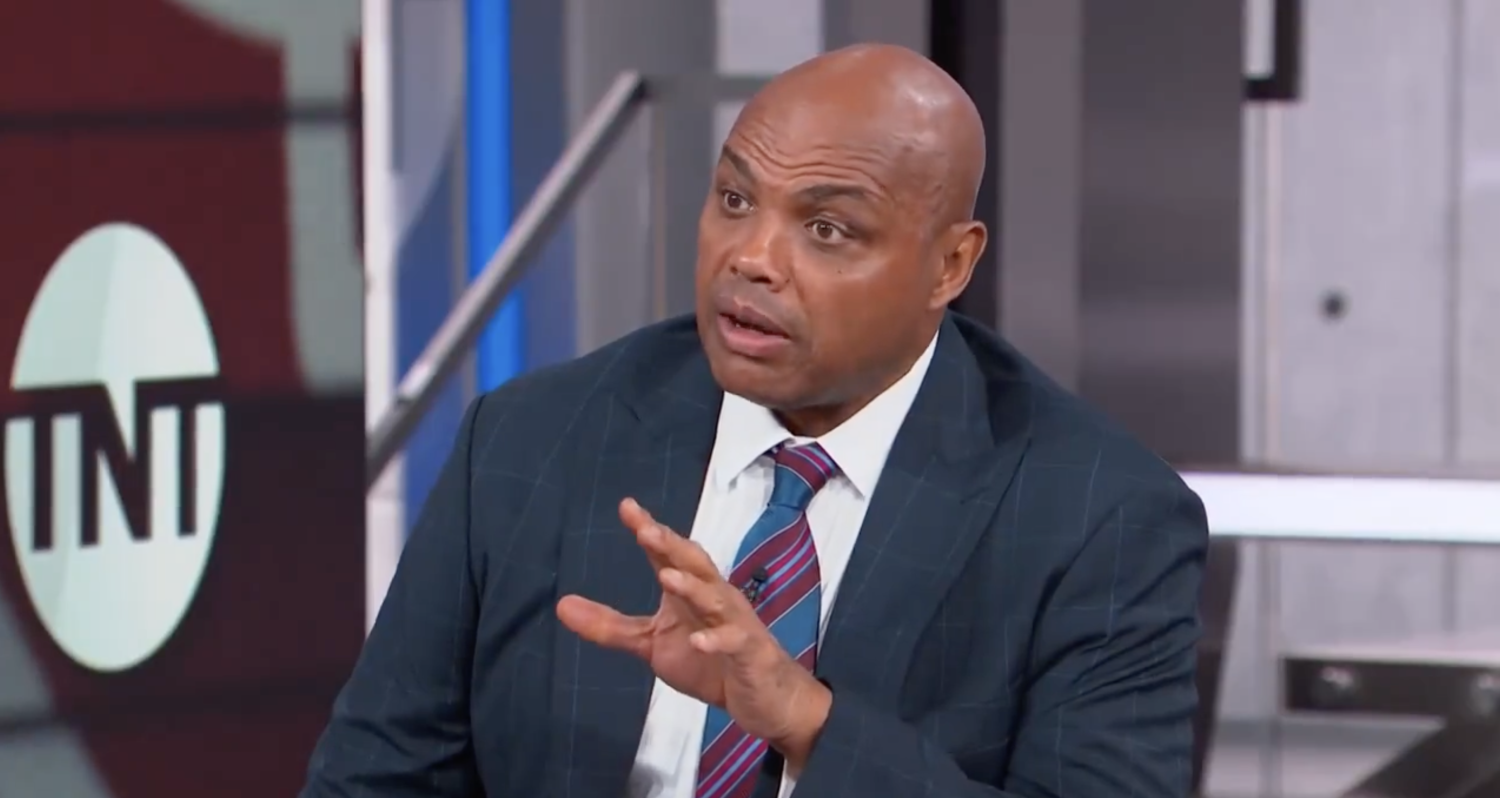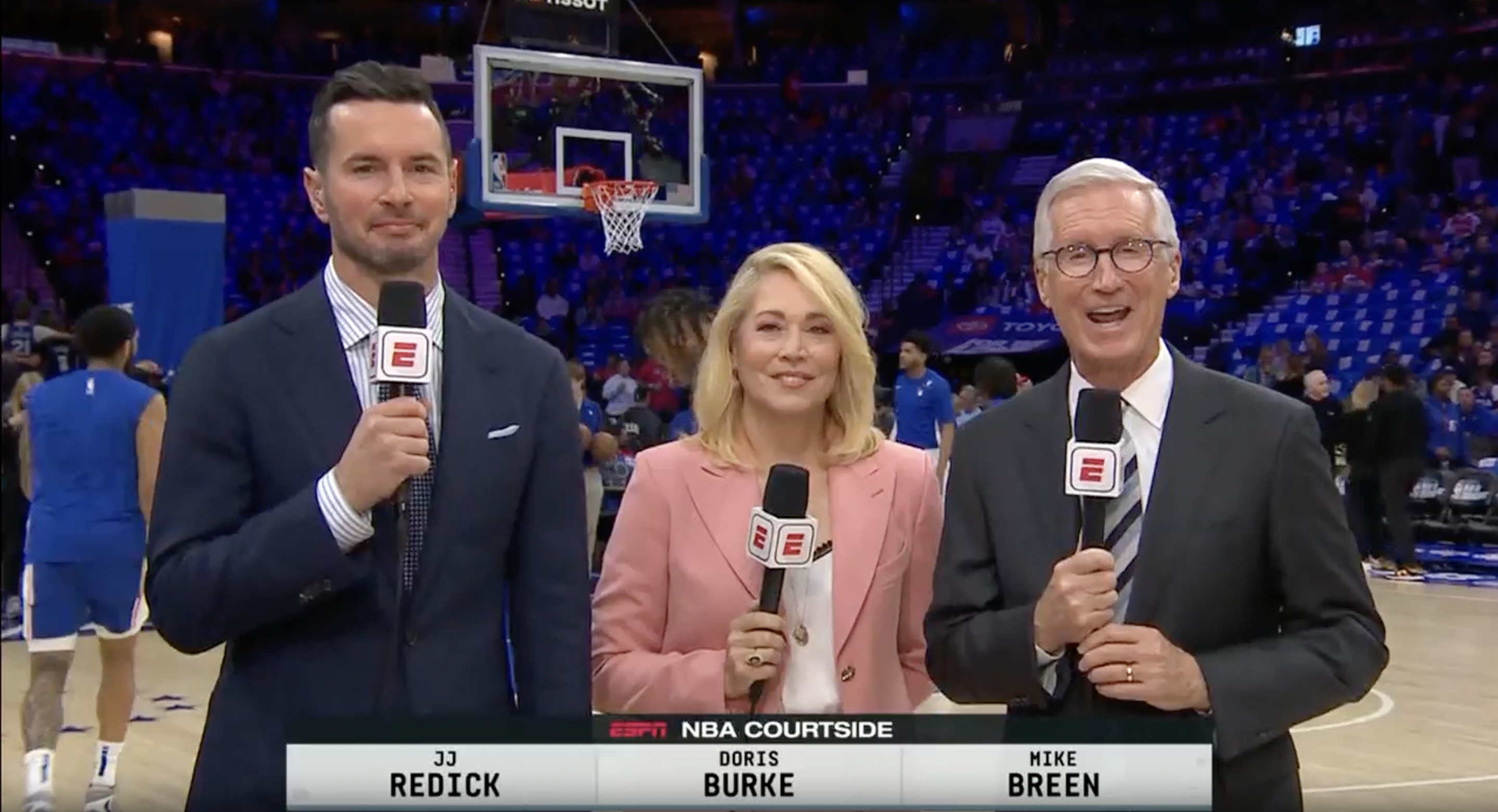Since the April 2018 launch of ESPN+, there’s been a lot of talk about the eventual future of that direct-to-consumer streaming service. Even before that launch, there were comments from then-Disney executive Kevin Mayer (now the DAZN chairman) that ESPN+ could “set ourselves up for a future where we may pivot and go over the top,” offering ESPN’s full linear programming directly to consumers without the intermediary of multichannel video providers (both traditional cable and satellite MVPDs and new virtual MVPDs that offer streaming packages). And that idea continues to get discussion, and comments from ESPN chairman Jimmy Pitaro at the Barrett Sports Media summit Wednesday about the importance of ESPN+ will add to that. At the very least, they suggest we’ll continue to see a lot of rights deals for ESPN+-exclusive content, and that ESPN+ will play a larger and larger role in ESPN’s strategy going forward.
We still don’t appear particularly close to that full pivot point, and there are a lot of complications that could delay it. But the continued rise in ESPN+ subscriptions (to 21.3 million as of Jan. 1) and decline in linear ESPN homes (like most cable networks, their household numbers are still dropping, to 79.8 million in January as per Nielsen estimates) does indicate the importance of ESPN+ for the company’s future, and does suggest that a lot of that future may be over the top. And while it’s not surprising to hear Pitaro (seen above at the 2018 ESPYs) praising ESPN+ and saying it’s valuable, the specific language he used Wednesday was interesting. Here’s that, via a writeup from Katie Kohler at PlayPennsylvania.com:
At the end of last quarter, ESPN+ announced 21.3 million subscribers which Pitaro says is significantly ahead of where they thought they would be. It is the only place you can find the entire “30 for 30” library.
“ESPN+ is the centerpiece. It is the jewel. It’s driven in large part by live events – UFC, La Liga, Bundesliga We’ve acquired rights for that platform exclusively. It’s complementary to linear. That exclusivity really helps drive audience. As we move forward we are going to keep acquiring more rights for ESPN+.”
From an outside analysis, ESPN+ is not the company’s “centerpiece” at this point in time, especially not from a consumer’s perspective. Even with those subscriber number changes mentioned above (a 73 percent year-over-year rise for ESPN+, a four percent decline over two years for linear ESPN), the linear ESPN network still has almost four times the potential viewers of anything on ESPN+. And the current rights situation reflects that; while more and more new ESPN deals feature at least some content exclusive to ESPN+, their top live event programming is still going to linear channels, whether that’s ABC or ESPN networks. Those who have only ESPN+ and not a linear ESPN subscription do have access to a considerable amount of live sports content, including the three leagues Pitaro mentions above, but it’s not the most popular live content ESPN has; that’s still airing on linear channels.
However, where ESPN+ can more conceivably currently be the “centerpiece” right now is from a business perspective. And that’s particularly true from a perspective of what the business is most focused on, not what’s currently working the best for it. Direct-to-consumer streaming subscriptions are becoming more and more important for most media companies, and they have advantages over the traditional TV model in that there are no fees to intermediary MVPDs and no carriage disputes. (They also have disadvantages, including with increased lag over traditional cable or satellite, with technical problems, and with areas where broadband internet still has limited availability, but those aren’t enough to offset the wide industry push towards DTC streaming.)
Getting that direct subscriber base built up now is quite important. A full pivot to offering linear ESPN direct to consumer doesn’t appear imminent, especially with those household numbers dropping at slower rates the last two years than in the past. But the more they can build ESPN+ ahead of any such pivot, the better that kind of pivot will work out. Moreover, with so many streaming services currently fighting for attention and subscription dollars, and with others still trying to enter the marketplace, it’s crucial to get a significant base built up early.
The latest
But it’s going to be interesting to watch how this develops. Acquiring more exclusive rights for ESPN+ is great for that service; as Pitaro says, “That exclusivity really helps drive audience.” And some of those exclusive rights are not really taking away from ESPN’s linear lineup; for example, with La Liga and the Bundesliga, most of those matches would not have wound up on ESPN linear networks even under a pre-ESPN+ deal. But there is certainly some tension with the top rights ESPN looks at, and if they should go to ESPN+ to further strengthen that service or to linear networks to maintain subscribers there. And that’s going to have to be a line they’ll have to walk until any full direct-to-consumer pivot.
The answer on if and when ESPN would do such a pivot remains unclear. Yes, some networks have already gone to offering full over-the-top options, particularly Canada’s Sportsnet and TSN, and it hasn’t destroyed their conventional businesses. And it looks like some of that is coming in the U.S. as well, particularly with Sinclair’s planned DTC streaming service for the Bally Sports regional sports networks.
It needs to be said that ESPN remains in a very strong position relative to most cable networks (and especially relative to RSNs), though. They’re still in almost 80 million homes, they get an incredible per-subscriber fee (nearly $10 a month for ESPN and ESPN2 as of December, and that’s before anything from ABC, SEC Network, ACC Network, ESPNEWS, ESPNU, etc), and they don’t face nearly as many significant carriage disputes as others, thanks in part to parent corporation Disney’s tremendous negotiating leverage. So that may delay any pivot, and for the moment at least, linear ESPN is more accurately the “centerpiece” of their offerings. (And beyond that, a “complementary” world is even better for them, as that gets users to pay them twice.) But Pitaro’s commentary here shows the emphasis placed on ESPN+ inside Disney. And if that continues, and if they continue getting more exclusive rights for ESPN, and if its subscribers keep rising and the linear subscribers keep falling, the idea of making linear ESPN content available over the top may get closer and closer to coming to life.
[PlayPennsylvania, Barrett Sports Media; photo from Kirby Lee/USA Today Sports]

